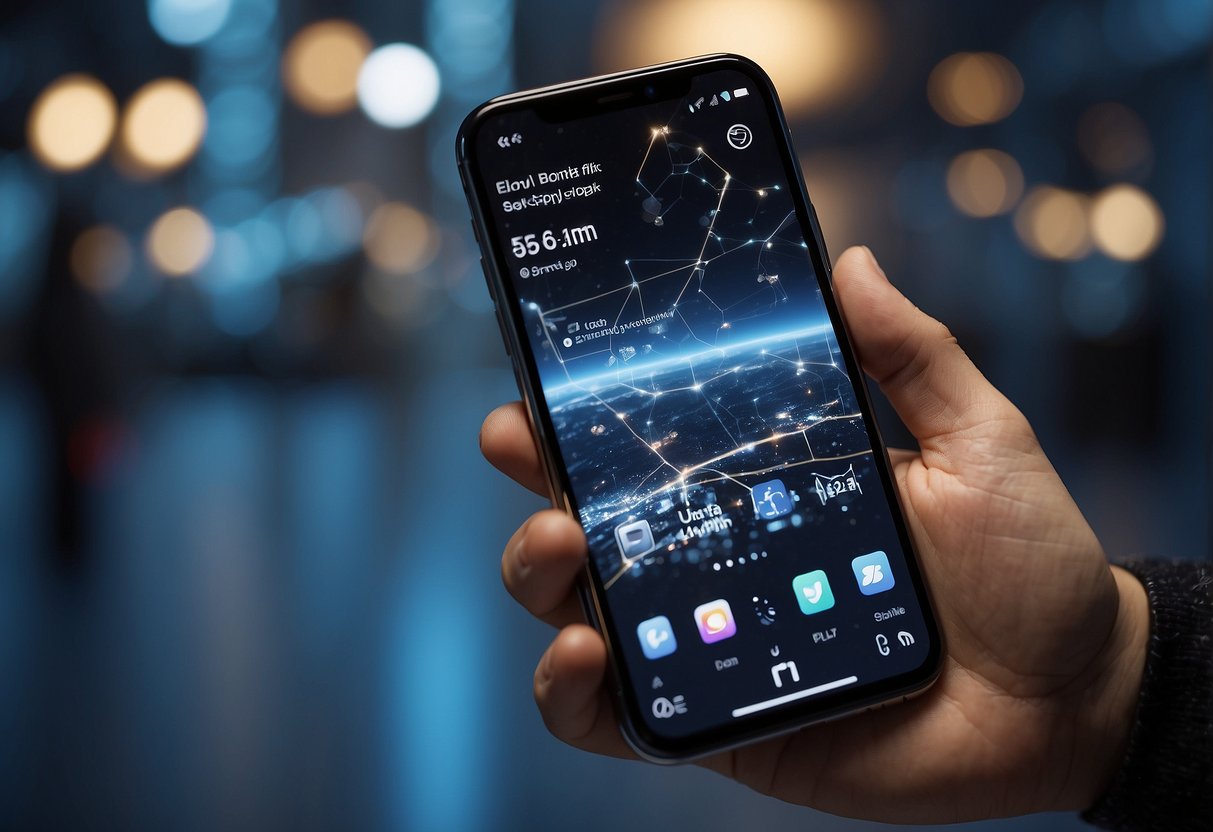
Connectivity Unleashed: The Internet of Things (IoT)

The integration of 5G technology into IoT systems promises unparalleled improvements in connectivity and efficiency for IoT devices. This enhancement enables faster data transfer and more reliable connections, supporting massive IoT deployments and advanced applications.
Integrating 5G in IoT Systems
5G technology plays a pivotal role in the evolution of IoT systems. It offers significantly higher speeds and lower latency than previous generations of wireless technology, enabling real-time communication between devices. With 5G, IoT devices can quickly process and transmit large amounts of data, which is essential for applications like smart cities and autonomous systems.
The enhanced network capacity of 5G supports the connection of a vast number of IoT devices, ensuring stable and efficient communication. This is crucial for environments where numerous sensors and devices operate simultaneously, such as industrial automation and healthcare monitoring systems. Additionally, the reliability of 5G networks reduces the risk of data loss, which can be critical in mission-critical applications.
IoT Devices and Next-Level Connectivity
IoT devices benefit immensely from the enhanced connectivity that 5G provides. With faster and more reliable connections, devices can perform complex tasks and support more sophisticated applications. For example, machine learning algorithms can be run on edge devices, allowing for quicker decision-making processes without the need for constant cloud communication.
The low latency of 5G is particularly beneficial for applications requiring instant feedback, such as autonomous vehicles and remote medical procedures. These applications rely on the immediate transmission of data to operate effectively and safely. Moreover, 5G’s capability to handle massive IoT deployments means that large-scale projects, like smart grids and extensive environmental monitoring systems, can be implemented more efficiently.
With these advancements, both businesses and consumers can expect increased functionality and innovation in the realm of connected devices.
The Synergy of 5G, AI, and ML
The synergy of 5G with Artificial Intelligence (AI) and Machine Learning (ML) ushers in new capabilities for mobile technology, with transformative potential in real-time data processing and network optimization. This integration enables smarter network management and enhanced user experiences.
Artificial Intelligence and Real-Time Data Processing
Artificial Intelligence (AI) powered by 5G technology can process massive datasets with minimal latency. This near-instantaneous data processing capability is crucial for applications like autonomous vehicles, remote surgeries, and smart city infrastructure. AI algorithms quickly analyze real-time data streams, allowing for immediate decision-making and action.
AI-driven data analytics can identify patterns, anomalies, and trends within data, which helps in proactive monitoring and predictive maintenance. Businesses can utilize this real-time insight to optimize operations, reduce downtime, and enhance customer satisfaction. In the consumer space, faster data processing leads to seamless augmented reality experiences and more responsive virtual assistants.
Leveraging Machine Learning for Network Optimization
Machine Learning (ML) plays a vital role in optimizing 5G networks by analyzing usage patterns and predicting network demand. With ML, networks can dynamically allocate resources, reduce congestion, and enhance overall connectivity. Adaptive algorithms ensure optimal network performance by adjusting to changing conditions in real-time.
Network providers leverage ML to improve energy efficiency and network reliability. For instance, by predicting peak usage times, networks can be preemptively scaled to handle increases in data traffic. This predictive capability ensures that users experience fewer disruptions and consistently high-speed connections.
The integration of ML in 5G networks also facilitates automated troubleshooting and maintenance, significantly reducing downtime and operational costs. This enables a more resilient and efficient network infrastructure, paving the way for advancements in connected devices and IoT ecosystems.